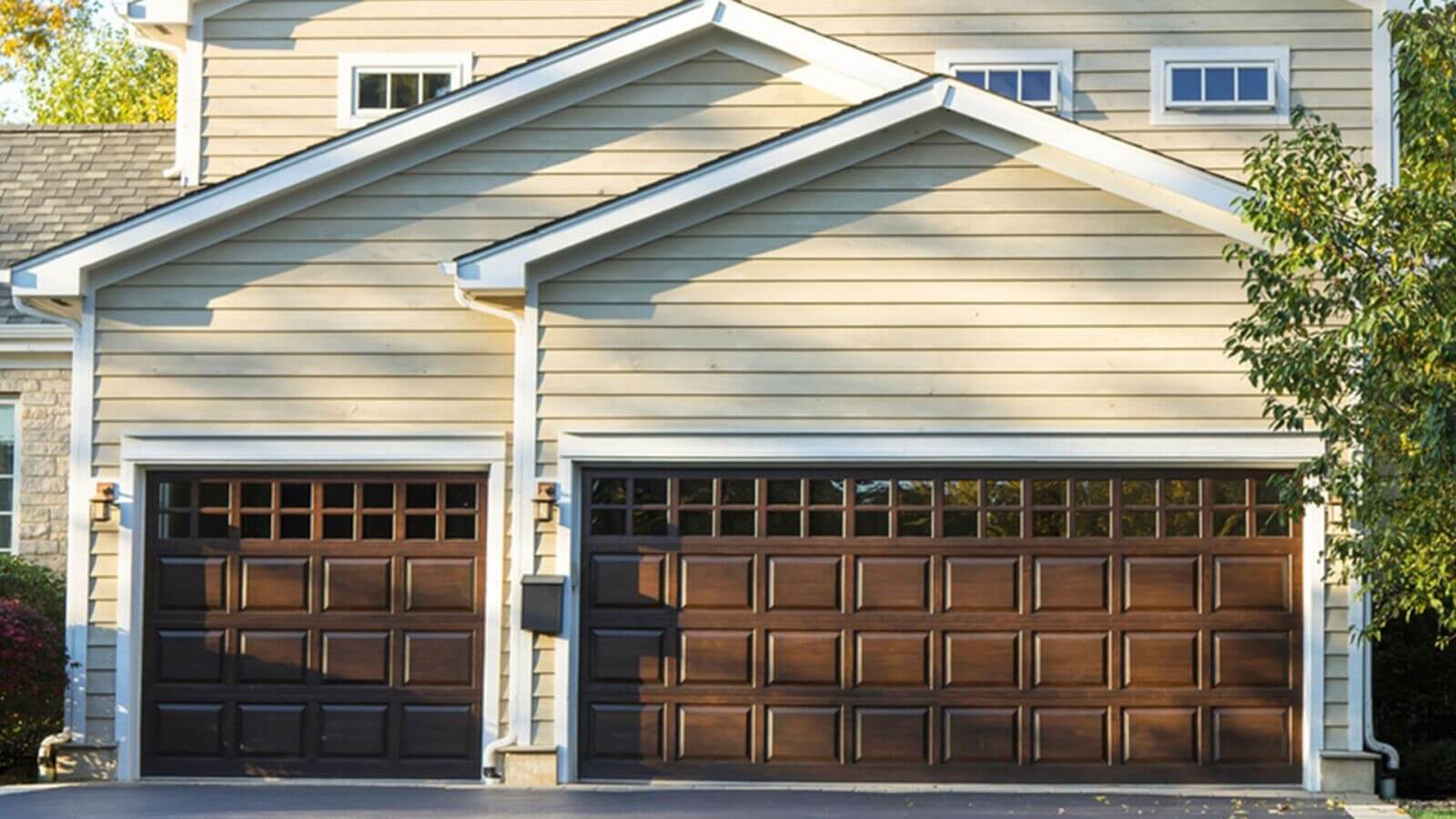Mastering the Basics: A Step-by-Step Guide to Emergency Releasing Your Garage Door
Introduction
Garage doors are essential for home security and convenience. However, sometimes they can malfunction or become stuck. Knowing how to perform an emergency release can save time and frustration. This guide will walk you through the process step by step, ensuring you're prepared in case of a garage door emergency.
Why Is It Important to Know About Emergency Releases?
Understanding how to emergency release your garage door is crucial for several reasons:

Emergency Garage Door Repair Near Me
When facing a garage door issue, searching for "emergency garage door repair near me" is often the first step many take. But before you reach out for professional help, it’s beneficial to understand the basics of emergency releases.
What Is an Emergency Release?
The emergency release is a feature that allows you to disconnect your garage door from its automatic opener. This means you can open or close your garage door manually when needed.
How Does It Work?
The emergency release typically consists of a pull cord or handle that disengages the opener's gear from the door itself, allowing manual control.
Identifying Your Garage Door Type
Before we dive into the steps for releasing your garage door, it's essential to identify what type of garage door system you have.
Types of Garage Doors
Knowing your type helps in understanding where the release mechanism is located.
Tools Required for Emergency Release
You won't need much to perform an emergency release:


- A sturdy ladder (if needed)
- Flashlight (for visibility)
- Gloves (for safety)
Step 1: Locate the Emergency Release Mechanism
For most systems, this is typically found on the trolley assembly of the garage door opener.
Where to Look
- Check near the top of your garage door track.
- Look for a red pull cord or handle.
- If unsure, refer to your user manual.
Step 2: Prepare Your Garage Door Area
Ensure that there’s ample space around your garage door before attempting any work on it.
Safety First!
- Clear any obstacles near the door.
- Make sure pets and children are safely away from the area.
Step 3: Engage the Emergency Release
Now that you're ready, let’s get into how to engage that emergency release!
Steps to Follow:
Step 4: Manual Operation of Your Garage Door
Once you've released it, try lifting your garage door manually.
What Should You Expect?
- The door should lift easily if released correctly.
- If it's stuck, check for obstructions or other mechanical issues.
Step 5: Closing Your Garage Door Manually
If you need to close your garage after manually opening it:
Pro Tip
Always be cautious while closing; fingers can easily get caught!
Common Issues When Releasing Your Garage Door
Sometimes things don't go as planned during an emergency release; here are some potential problems and solutions:
1. Cord Is Stuck
- Check if debris is blocking it.
- Gently tug on it while wiggling it free.
2. Door Won't Move
- Examine tracks for any blockages or damage.
- Check if springs are intact and not broken.
When Should You Call a Professional?
If after attempting these steps you're still having difficulty:
- Consider calling "emergency garage door repair near me."
Signs That You Need Help:
- Broken springs
- Frayed cables
- Misaligned tracks
FAQs
1. How often should I test my emergency release?
It's wise to check every few months or whenever you perform regular maintenance on your garage system.
2. Can I use my remote after performing an emergency release?
Yes! After re-engaging the system, you should be able to use your remote again without issues.
3. What if my emergency release cord breaks?
If this happens, consult with a professional immediately as you'll need replacement urgent garage door service parts for safe operation.
4. Is it safe to operate my garage door manually regularly?
While it's fine occasionally, frequent manual operation could lead to wear and tear unless properly maintained.
5. Will using my manual system affect my opener's functionality?
Not at all! Once reconnected properly, everything should function normally again.
6. How can I prevent emergencies with my garage door?
Regular maintenance checks and lubrication will keep things running smoothly and reduce chances of emergencies occurring!
Conclusion
Mastering basic skills like releasing your garage door in emergencies empowers homeowners with confidence and peace of mind! Whether you're dealing with power outages or mechanical failures, having this knowledge saves time and keeps stress levels low when faced with unexpected situations in daily life involving home repairs!
In cases where things get complicated – don’t hesitate – search "emergency garage door repair near me," make that call promptly instead of waiting longer than necessary!
Learning about these processes ensures you're always prepared when life throws those curveballs our way! So keep this guide handy – because mastering these basics today could save you big headaches tomorrow!
With this comprehensive guide in hand, you'll now have all you need regarding emergency releases at home concerning those pesky malfunctioning doors!